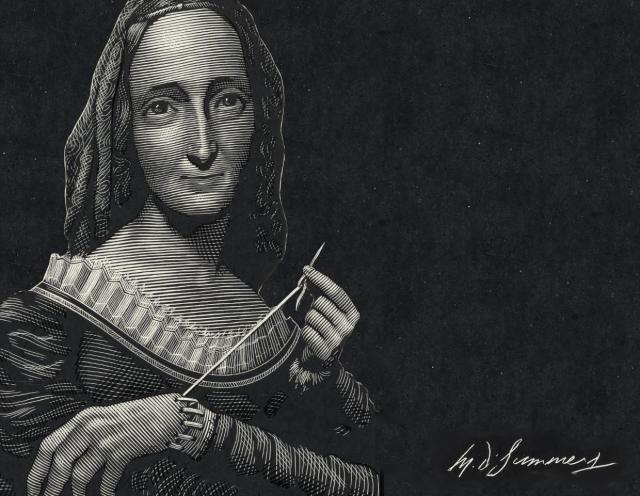
The Fate of Frankenstein | Introduction
Transcript below
NEIL GAIMAN:
Some of the greatest stories in history have been inspired by dreams . . . or nightmares. When the English writer Mary Shelley was eighteen, she had a terrifying waking dream: of a scientist at work on his abominable creation; a patchwork man made of body parts stolen from corpses. Her dream led her to write her first novel, Frankenstein. Over 200 years later, it's the most famous book of her generation, and continues to inspire readers today.
But Frankenstein was far from an instant success. When it was first published, anonymously, in 1818, its impact was rather modest. Five years later, in 1823, Mary Shelley was a twenty-five-year-old widow and a single mother struggling to make ends meet. It was then that a stage adaptation of Frankenstein appeared and took the London theater world by storm. Suddenly her novel—and its author—were thrust into the spotlight.
By exploring original manuscripts, rare books, and other remarkable objects from The New York Public Library’s research collections, we can bring to life the moment when, at perhaps her lowest ebb, Mary Shelley’s dream-inspired creation came back to her, and revealed a path to survival for her and her young son.
I’m Neil Gaiman, and I’m pleased to welcome you to The Fate of Frankenstein, a special display within the Polonsky Exhibition of The New York Public Library’s Treasures.
End of Transcript
Neil Gaiman is an award-winning author of novels, short stories, comic books, graphic novels, audio theatre, and films—and an admirer of Mary Shelley.